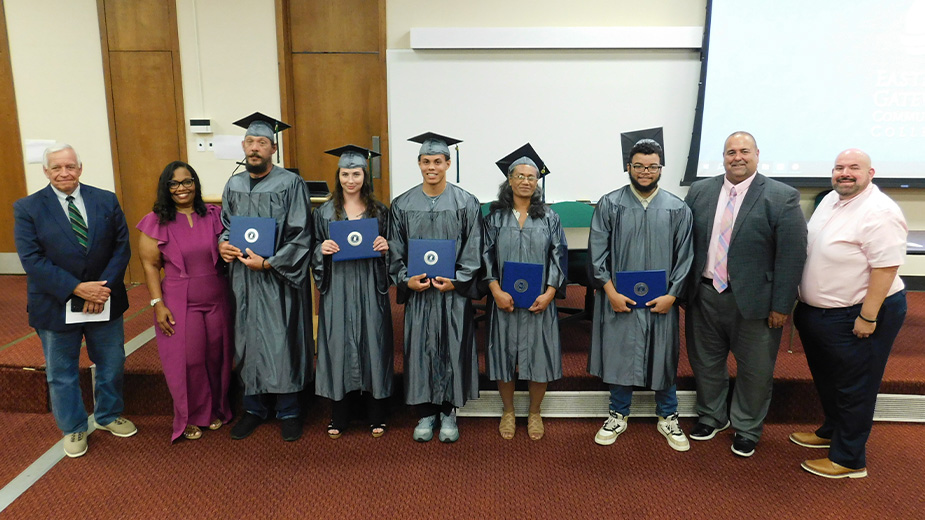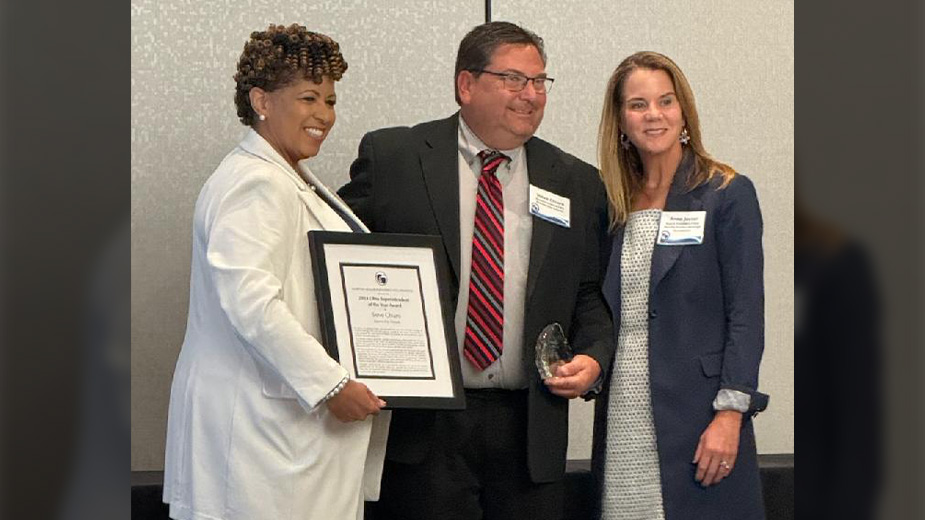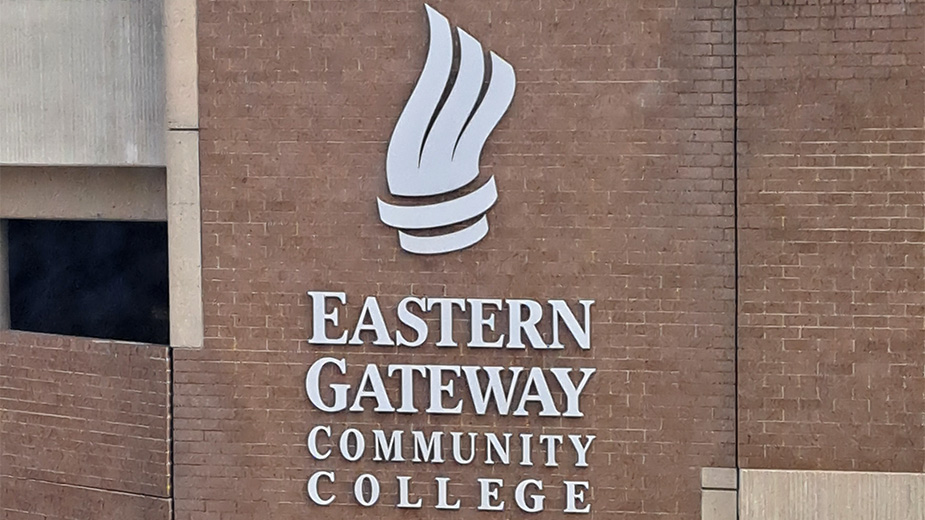Main Library Could Be in Store for a Makeover
YOUNGSTOWN, Ohio — A makeover for the Main Library would honor the building’s century-plus history and position the downtown branch for the future.
That’s the vision of Aimee Fifarek, executive director of the Public Library of Youngstown & Mahoning County, who would restore the Wick Avenue entrance, create an event space and build an addition to relocate the children’s area.
Fifarek outlined her ideas Friday morning during a meeting of the library board of directors’ building and sites committee. She sought and received approval from the committee to present her recommendations to the full board of directors when it meets Sept. 13.
The library has contemplated a renovation to Main for a decade, and has set aside $21 million from its building and repair fund. A renovation was an element of its most recent strategic plan.
“Trends happen and times change,” Fifarek said. “We need to be very flexible with any new construction so that … we can be ready to meet unanticipated needs.”
The library, christened as the Reuben McMillan Free Library, was built in 1910. Its last major renovation took place in 1994, with construction of the 23,000-square-foot addition to the 45,000-square-foot main building completed two years later.
“Over the years, the building hasn’t fared all that well,” Fifarek told the committee.
When the addition was built, which resulted in the relocation of the main entrance from Wick Avenue to the atrium connecting it to the existing building, little was done to harmonize the two structures, she said.
While library personnel have worked to make the building function as well as it could, dedicated spaces are “pretty small,” she said. The children’s area is “shoehorned” into a “tiny space” that doesn’t permit story times or other activities. Staff areas are not productive spaces, she added, with many offices having no natural light.
In addition, the former main entrance can no longer be used as such because of its condition. Natural light that once came into the building was lost after the 1996 expansion and related updates, including the addition of the building’s elevator.
“What we have is a shadow of a former great building with a lot of potential,” Fifarek said. “That potential can be realized with an effective and intelligent remodel.”
Not making substantial changes would leave “a lot of money and opportunities on the table,” and a remodel would allow the library to realize some of those opportunities, she said.
Any remodel, she said, should restore the pedestrian stairway to the Wick Avenue entrance with the former motto, “For the People,” restored above, and with the “elegant entrance” bringing the building back into style with the rest of the Wick corridor.
That stairway also could lead into the first floor, which she envisioned being reconfigured from its current use, adding flexible plexiglass doors to create meeting, event and gallery spaces. The library has had to turn down major national and local exhibits because it has not had the space to accommodate them, and the space also could be rented for events, Fifarek said.
The adjacent first floor space in the 1996 addition needs to continue to serve its current role as a popular materials area, but she proposed giving it more of a “bookstore vibe.”
Other additions she recommended include a café, a catering kitchen at least as large as the one at the Poland branch, a digitalization lab that library staff and the public could use to convert hard copy materials to digital format, and an addition to accommodate a larger children’s area.
She also called for remodeling the staff space in the basement, relocating the vehicle entrance to Rayen Avenue and using property behind the building for parking. The entrance off Wick and the parking area to the north of the library would be replaced with green space.
Tom Frost, a library trustee and a member of the building committee, called Fifarek’s presentation “thorough” and said she brought up issues that he hadn’t considered.
“We know it’s going to be expensive” but Fifarek is looking at ways to generate revenue as well, such as creating the event space, he said.
In addition to the funds the library has in place for the renovation, there are opportunities for foundation grants as well as programs such as the federal Historic Preservation Tax Credit program and the city’s façade improvement and water grant programs.
Main Library, which is on the National Register of Historic Places, would qualify for a 20% tax credit under the federal program, architect Ron Faniro said.
Faniro’s architectural firm did a study in 2010 that served as a basis for Fifarek’s presentation. He was at Friday’s meeting to discuss plans for the Campbell branch that will be part of the Community Literacy Workforce and Cultural Center under construction.
According to Faniro, the “glitch” is the library’s status as a nonprofit entity, which cannot receive the historic tax credit. “You would have to devise a partnership with a for-profit entity and the for-profit entity would have to be the one receiving the tax credits,” he said.
Fifarek said she received information regarding how the YWCA of Youngstown, another nonprofit entity, used the historic tax credits in its recent renovation project. She also pointed to potential grant opportunities for the digitization lab or addressing food deserts via seed libraries or an external garden.
With the full board’s approval at the Sept. 13 meeting, Fifarek would then bring the proposal for public discussion with community partners including Youngstown CityScape, Youngstown State University, the city and the public. The parameters – and the cost – could change based on those discussions and how the renovation fits in with other community projects.
“This is simply my vision based on research I’ve done in talking with the staff and getting their input,” Fifarek said. “I don’t want to start having these public discussions before I know that the board has blessed the idea of going forward with the project.”
Pictured above: Aimee Fifarek, executive director of the Public Library of Youngstown & Mahoning County, presents her ideas to the library board’s building and sites committee.
Copyright 2024 The Business Journal, Youngstown, Ohio.



